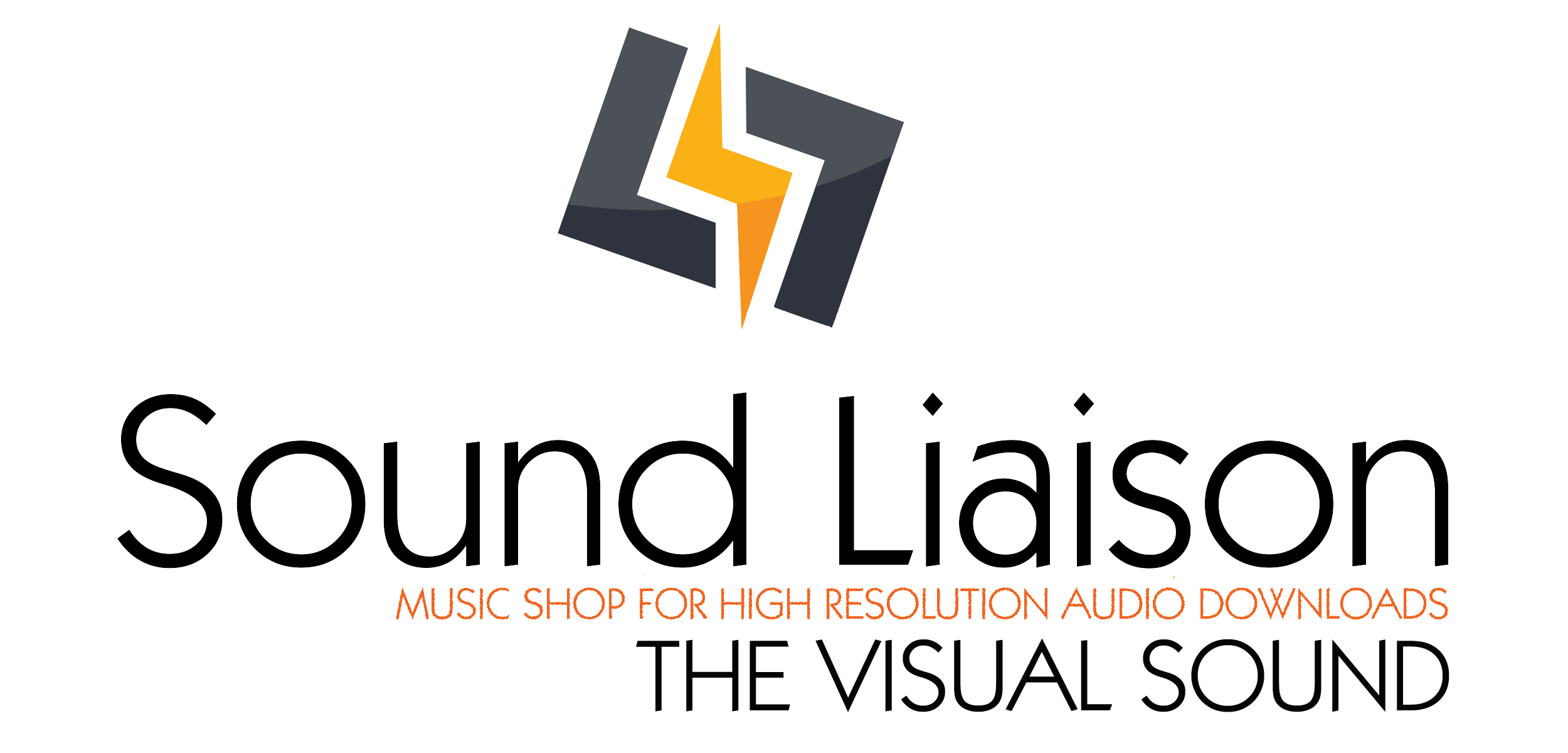When the Josephson C700S microphone is used to its fullest, the result is a completely phase coherent recording with placement depth and superior realism.
"One microphone straight to DXD recording – and it’s totally enchanting"....Hifi Critic
"Fabulous....challenging the possibilities of current recording technology."...Inner-magazines
These are our One Mic recordings: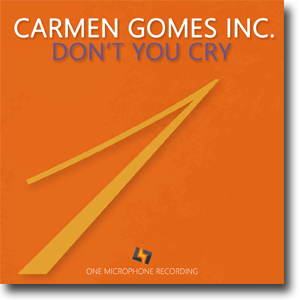
Carmen Gomes Inc. - Don't you cry
"One of the best sounding 'live in the room' audiophile recordings I've heard (Mark Werlin)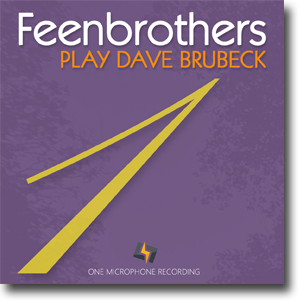
Feenbrothers - Play Dave Brubeck
"Superb musicianship and just fantastic sound." (Audiophile Style)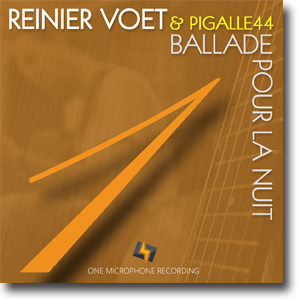
Reinier Voet & Pigalle 44 - Ballade pour la nuit
"I think we would all agree that this recording sounds sensational" (Audiophile Style)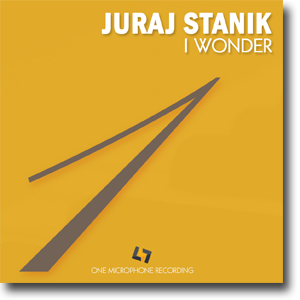
Juraj Stanik - I wonder
"It sounds just like a piano is sitting in the room in front of you" (Audiophile Style)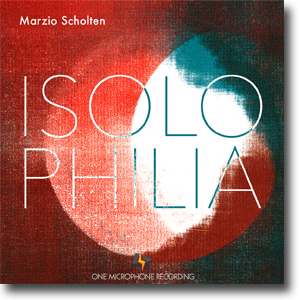
Marzio Scholten - Isolophilia
"One is so immersed that it is impossible to let go of the deep melancholic atmosphere." (Volkskrant)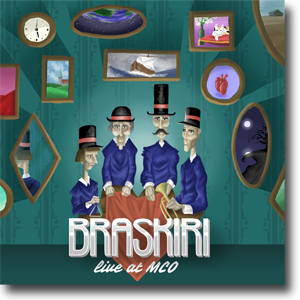
Braskiri - Live at MCO
"...a wonderful suite of music, with tension, release and unexpected angles." (Jazznu.com)
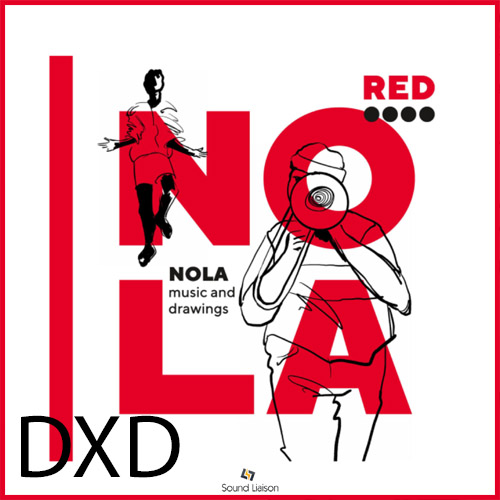
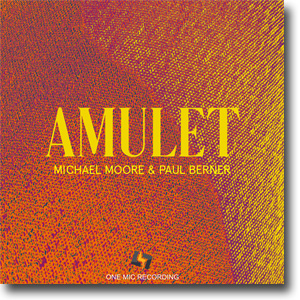
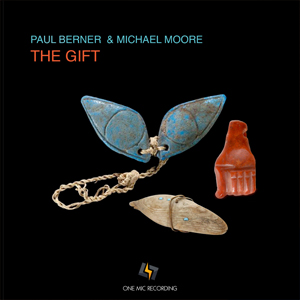
This is our One Mic + recording:
(We wanted the small 'soundscape' compositions to have a very dark atmosphere, (Peter said he wanted them sounding as dark as the Mississippi night) so I decided to add a spaced pair of Josephson C617 microphones up very high in the studio and let them be our main source of ambience).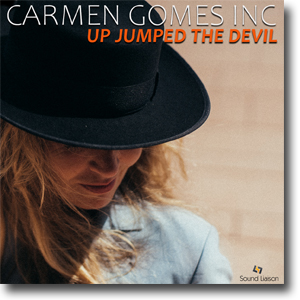
These are our Arch recordings:
(Each recording starts out with only one stereo microphone as the music gains in complexity more microphones may be employed).
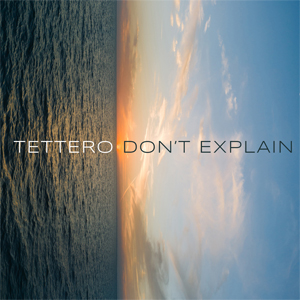
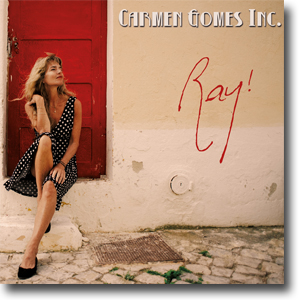
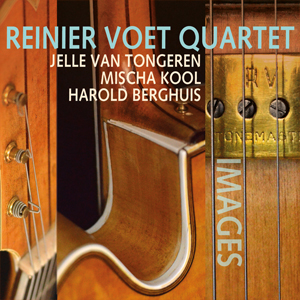
The advantages of the One Microphone approach to recording are obvious; phase coherence, perfect imaging, great sense of depth, superior realism. Another advantage is that it forces the band being recorded to really play. There is nowhere to hide, no fixing it in the mix. Our ears are much more sensitive to phase errors than we are aware of. The obvious solution to avoid phase errors is to record the whole band from one point. But until recently we didn't experienced a microphone that was up to the task. Drums and piano sounded too distant and the sound stage did not reflect what I heard standing in front of the band. The first thing that impressed me about the Josephson C700S was the natural sound of the mic and the sound off axis. This is what makes the difference between a good microphone and an average microphone. Secondly the microphone is quite unique, it has three capsules instead of the more common two.
So when recording with the Josephson C700S, instead of placing microphones at the instruments we now place the instruments around the microphone. Mixing is no longer possible. We have to create the complete sound stage at the spot by carefully moving each instrument closer or further away as well as left and right in relation to the microphone. The benefits of this way of working is that the result is completely free of phase errors and that the sound is very natural with a wide deep soundstage. So far all musicians have been struck by the incredible authenticity of the recordings and commented that they never heard their instrument sound so real and lively.
Frans
